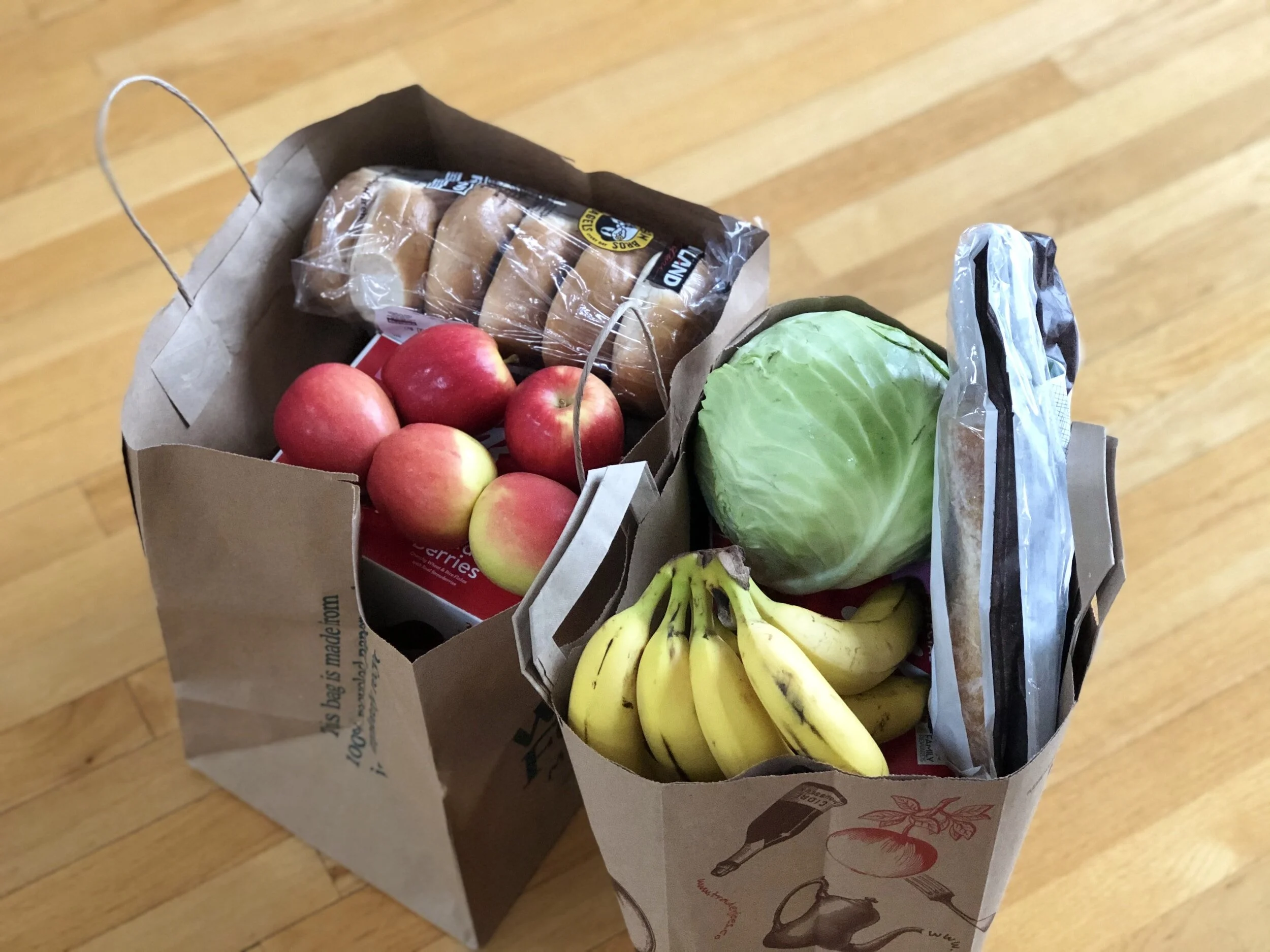Smart Savings: Nourishing Your Body and Wallet with Strategic Grocery Shopping
Are you often left puzzled by your grocery store receipt, wondering why a handful of basic items ended up costing more than expected? Optimize your grocery shopping experience by making strategic choices, ensuring you shop wisely for items that align with your family's needs and will be utilized throughout the week.
Here are four strategies to help keep you on task and on budget at your next grocery haul.
1. Plan and Prep with Purpose
Avoid hitting the grocery store on an empty stomach – you've probably heard this advice, and it holds true! Whenever I venture into the aisles hungry and without a plan, it's a recipe for overspending. I end up with a collection of random items that don't align with any coherent meal plan. Sure, I might snag those family-sized, discounted packs of goldfish in every flavor imaginable, but that doesn't exactly translate to a well-thought-out dinner!
One of the most effective ways to save money at the grocery store is to plan your meals ahead of time. Before heading out, create a weekly meal plan based on what meals and snacks you planned out and use that as a blueprint for your shopping list. By knowing exactly what you need, you'll be less likely to make impulsive purchases. Additionally, consider batch cooking on weekends to prepare meals or meal components in advance, ensuring you have healthy options readily available throughout the week and minimizing the need for last-minute, often more expensive, meal solutions.
Need more help in this area? I have a whole five part series that covers this very topic.
How To Schedule Your Grocery Shopping
2. Embrace Seasonal and Local Produce (or buy frozen)
Fresh fruits and vegetables are essential for a balanced diet, but their cost can vary depending on the season and source. Opt for seasonal and locally grown produce to take advantage of lower prices and heightened nutritional value. Farmers' markets and local co-ops are fantastic places to find budget-friendly, fresh options while supporting your community. Not only will you save money, but you'll also enjoy the taste and benefits of produce at its peak.
If the current seasonal offerings don't tickle your taste buds, consider a budget-friendly alternative – frozen produce. When you're perusing the aisles during your next grocery run, take a moment to compare the price tags of organic fresh produce with their frozen counterparts. It's not just a marginal difference; often, you'll find a discrepancy in the range of dollars. While I personally prioritize the crispness of fresh veggies, especially for my beloved roasted dishes, I've found a sweet spot by opting for frozen blueberries for my morning smoothies. A substantial bag of organic blueberries at Costco for just $8.99 has become my go-to, blending budget-consciousness with nutritional goodness.
Unsure of the difference between fresh versus frozen produce? Click here to read more.
3. Compare Prices and Choose Generic Brands
While it's tempting to reach for familiar brands, exploring generic or store-brand options can lead to significant savings. Compare prices and nutritional labels to ensure you're making informed choices without sacrificing quality. Many store brands offer products of equal nutritional value at a lower cost. For example, Whole Foods carries their budget line 365, ShopRite has Bowl & Basket, or shop stores like Aldi’s, Lidl, and Trader Joes with their own discounted labels. Don't be afraid to try new brands; your taste buds and your wallet may thank you.
4. Embrace Plant-Based Dinners for Savings and Health
Introducing a plant-based dinner night into your weekly routine can contribute to both financial and health savings. Plant-based meals often cost less than their meat-based counterparts and can be just as, if not more, nutritious. In terms of comparison, a bag of organic lentils, priced at approximately $2.99, stretches across multiple meals, offering a cost-effective alternative. Contrarily, investing in just 2 pieces of wild-caught salmon, which can set you back $12 or more, provides only a single meal, making the lentil option not only more budget-friendly but also a sustainable choice for multiple culinary creations. Consider experimenting with flavorful and satisfying plant-based recipes, such as hearty salads, grain bowls, or my crockpot vegan chili recipe.
Bottom Line
A well-balanced and nutrient-rich diet doesn't have to break the bank. By adopting these four tips into your grocery shopping routine, including the incorporation of plant-based dinners, you can save money while nourishing your body with wholesome choices. Happy, budget-friendly shopping!

